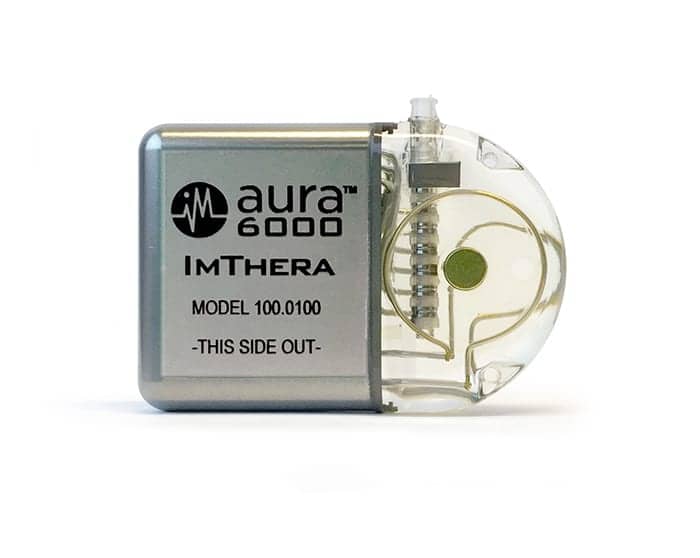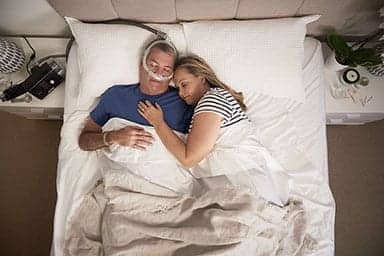The first sleep apnea patient has been implanted with LivaNova Plc’s aura6000 in the investigational device exemption clinical study, “Treating Obstructive Sleep Apnea using Targeted Hypoglossal Neurostimulation” (OSPREY).
The randomized controlled trial (RCT) seeks to demonstrate the safety and effectiveness of the LivaNova aura6000 System, an implantable hypoglossal neurostimulator intended to treat adult patients with moderate to severe obstructive sleep apnea (OSA). The first OSPREY patient was implanted by otolaryngologist Mitchell Miller, MD, at BayCare’s Morton Plant Hospital in Clearwater, Fla.
“With this first patient and the launch of this randomized clinical trial, we are taking a major step toward finding new, effective treatments for the global population of OSA patients and adding to the clinical literature surrounding these therapies,” says Atul Malhotra, MD, professor of medicine at University of California, San Diego and principal investigator for OSPREY, in a release. “The clinical study will determine if the apnea-hypopnea index responder rate of subjects stimulated via the device is statistically significantly higher than the rate of subjects without stimulation. Throughout the study, independent statisticians will conduct interim data analyses to determine predictive probability of success for OSPREY. With this being a randomized study rather than simply observational, we will get a clear sense that targeted hypoglossal neurostimulation therapy is the mechanism of improvement for the patients.”
The OSPREY study will take place at approximately 20 sites across the United States. It will ultimately enroll a maximum of 150 adult patients with moderate to severe OSA who do not achieve results from a CPAP machine or have declined its use.
Damien McDonald, LivaNova CEO, says in a release, “There is a great need to offer patients diagnosed with OSA new and less restrictive treatment options. The OSPREY study will be the first RCT to confirm efficacy of hypoglossal nerve stimulation and now, with the first OSPREY patient implanted, we are another step closer to successfully bringing the innovative aura6000 System to market.”
The aura6000 System, which received CE mark in 2012, is designed to maintain muscle tone of the tongue and upper airway so that airway obstruction and resulting sleep apnea are significantly reduced or eliminated. It features a programmable, rechargeable, and implantable pulse generator that is implanted in a subcutaneous pocket near the patient’s clavicle during an outpatient surgery. It generates mild stimulation that is delivered via a lead to the hypoglossal nerve, thereby stimulating the patient’s tongue during sleep and keeping the airway open.





